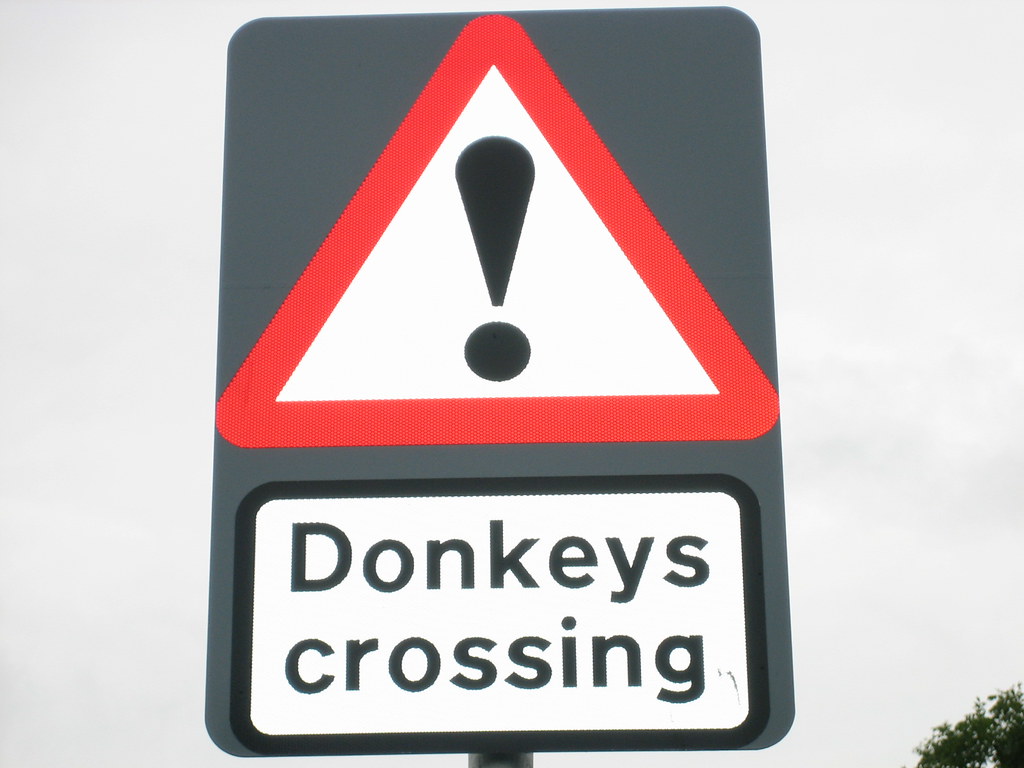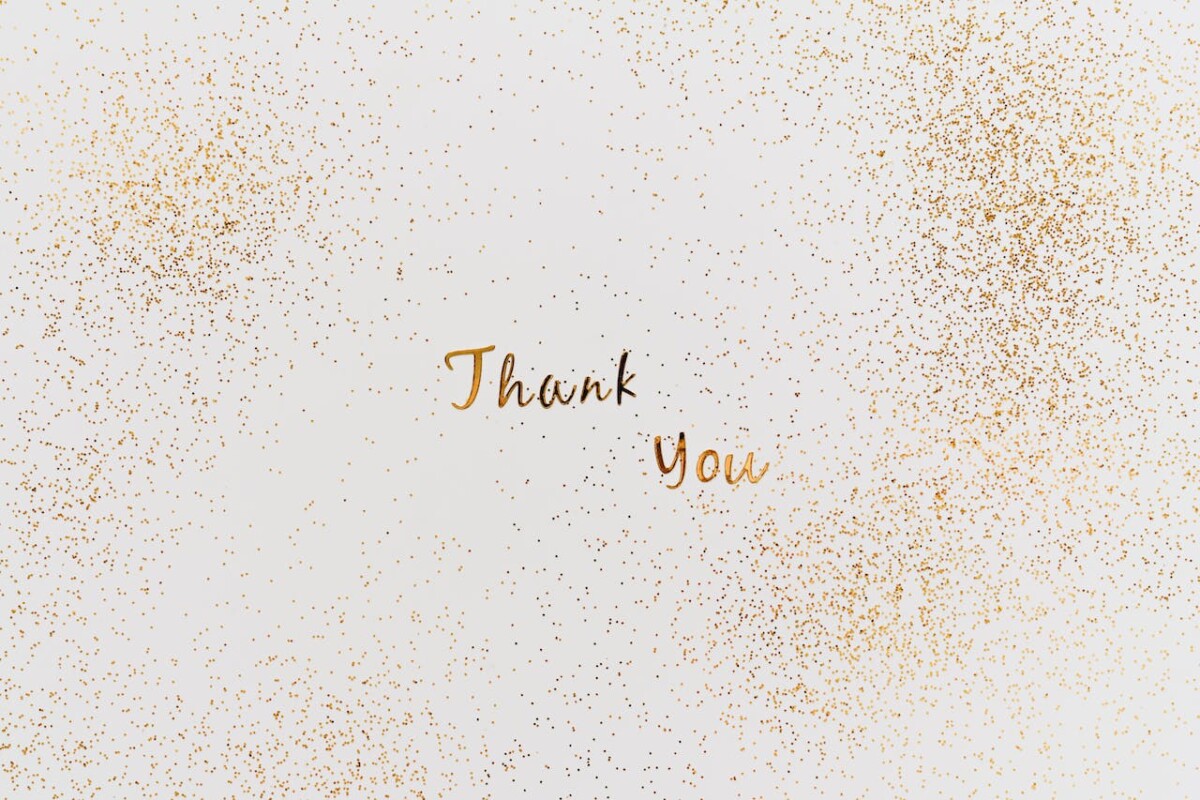Threads of a trusted fundraising tool
On holiday in York this summer I was pleased and surprised to come across a 114 year old version of the donor recognition wall. It confirmed to me that there are some tried and trusted fundraising tools that we Facebook-era fundraisers can forget have been honed and used by many of our predecessors.
I was visiting The Quilt Museum and Gallery for the first time and came across an 1897 example of a ‘signature quilt’. The Tyneside Quilt features 212 hand embroidered signatures in red and pale blue. The quilt marks Queen Victoria’s Diamond Jubilee and was created by members of the Primitive Methodist Connexion Jarrow on Tyne Circuit. The signatures surround an embroidered outline of Queen Victoria.
According to the Museum, “signature quilts were often made as commemorative gifts or as part of a fundraising activity, and people would pay to have their name included as one of the signatures”.
I’d often thought of donor recognition walls with names on bricks as starting the trend, although I recall that medieval and later donors and patrons were sometimes rewarded with their likeness or initials appearing in architectural or artistic flourishes. But the signature quilts serve to remind that donors have been thanked and will no doubt continue to be thanked and acknowledged in a wide range of media. The “electronic plaquing” of donors’ names on websites and the more recent use of Facebook and Twitter to achieve the same end are simply the latest in a long line of public acknowledgements.
You can see The Tyneside Quilt and explore it in some detail at
www.quiltmuseum.org.uk/collections/heritage/tyneside-signature-quilt.html
Do you have other early examples of donor recognition?





